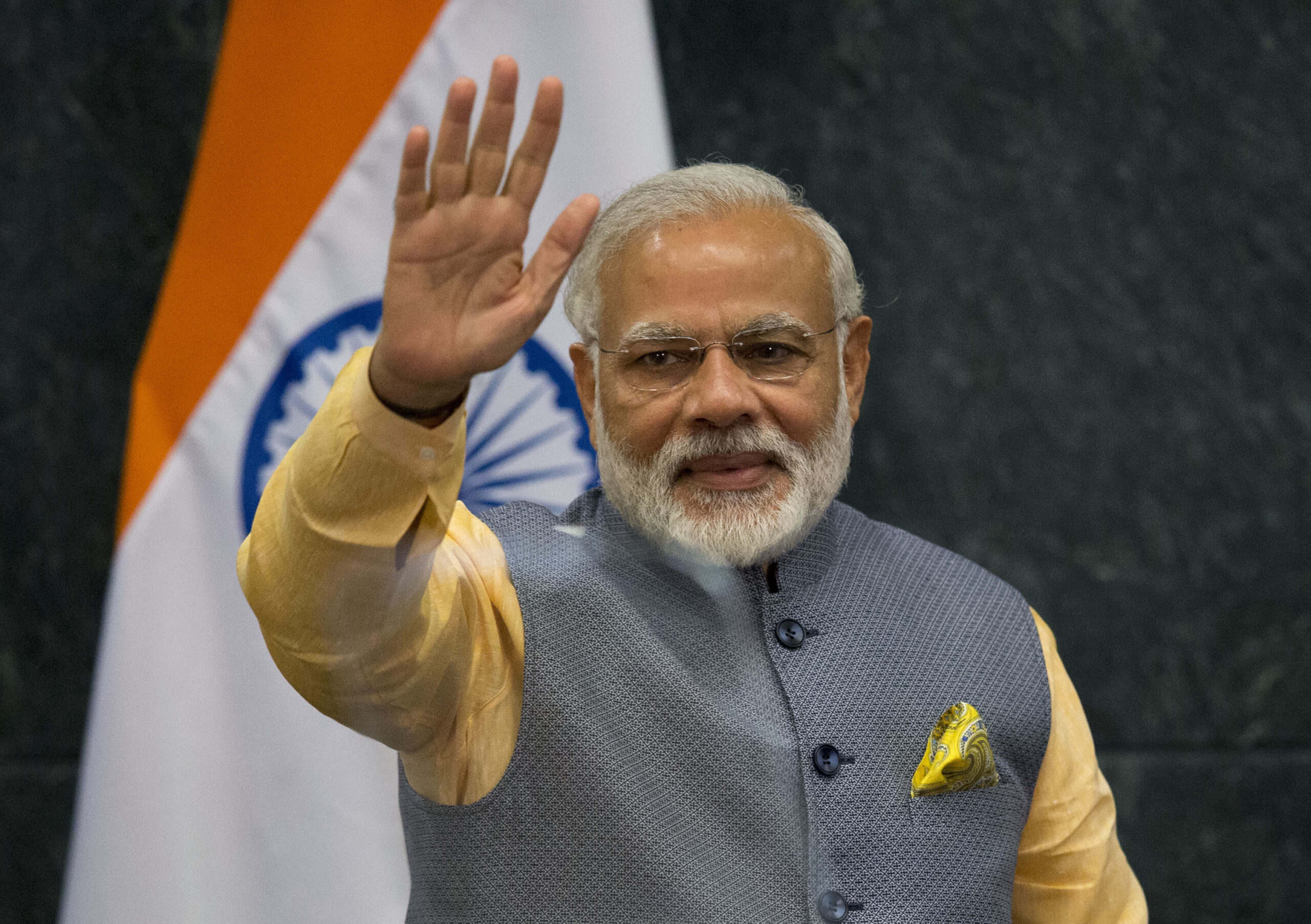As the results were declared for the general elections of 2014, the Bharatiya Janata Party, securing 282 out of 543 seats, was all set to form government at the center with an absolute majority. Such a largely scaled political win had not been witnessed last since the elections of 1984 when Mr. Rajiv Gandhi came into power by claiming 404 out of 533 seats. So what factors contributed to this magnificent success that the ‘Modi wave’ gained?
Foremost, the party’s prolonged and aggressive election campaign both on-stage as well as through social media instilled in the minds of voters, the hopes of a better India than that prevailed under the decade-long UPA rule, which was characterized by a number of scams and thus, tainted the image of some very able leaders. The negatives of the UPA rule, in form of their scandals, incompetence and ignorance, effectively blended with the situation to put forth Modi as the better man. Conducting as many as 437 rallies across 25 states and attending 5,827 public interfacing events, the Modi team traveled for more than three lakh kilometers to ‘connect’ with the people. For the articulate speaker that Mr. Modi is, his speeches gave nothing but a vision of optimistic future for India and its people, more so with the slogans like ‘Abki Baar, Modi Sarkar’, ‘Acche din’ or ‘Sabka Saath, Sabka Vikaas’.
Over the three years of his tenure as the prime minister, Mr. Modi has visited 50 countries, owing to which the international image of India has certainly uplifted. The bold policies by Modi government have rather been a matter of appreciation by the foreign investors, be it liberalization among various sectors, the ease of doing business or the consequent dip in inflation. On a domestic note, Modi as a prime minister made sure that there existed an efficient channel through which his message to the nation reached people living even in the remotest areas of the country. The very intention as well as the implementation of digitizing India in order to link the government and citizens living in both urban and rural India in the easiest way possible, that made Modi the kind of celebrated prime minister he is.
The extremely well-structured planning of Modi and team to ensure a ‘Congress Mukt Bharat’, along with a superb management by the PR team has undoubtedly contributed to elevate the popularity gained by Modi, globally and otherwise. However, more than anything, Modi is such a charismatic speaker that he very subtly manages to enthrall the listeners with his orating skills. As a matter of fact, the background that he comes from and the hardships that he has overcome also seem to align well with the sentiments of the voters. The very quality of a good speaker, i.e. to say the right thing at the right time to the right audience happens to be a trait that Mr. Modi has commendably utilized to promote and impregnate in the minds of people his ideas, both in and outside India. This is also probably how Mr. Modi was able to pacify the fuming taxpayers post both demonetization and the announcement of the implementation of change in taxation system to GST.
However, the status quo of job creation in the country is at an eight-year low, contrary to Mr. Modi’s undertaking of creating one crore jobs per year. In 2015, only 1.33 lakh jobs were created, while in 2016, 2.31 lakh jobs were created, which is lower than 10 lakh jobs created under the UPA regime in 2009. Economic growth of the country fails to transform into job creation. This jobless growth is also accredited to rise in automation by firms and can prove to be a disaster for a developing country like ours. Hence, employment in our country still remains a major concern.
Oddly, the day that the general election results were announced in 2014, Indian stock market witnessed an all-time high record, with BSE Sensex starting from 24,271.54 and closing at 25,375.63 points. Though an estimated 86% of the cash was wiped out of the economy the moment clock stroke 12 at the night of November 8, 2016, at present, Rupee has become stronger against the dollar from $66.4 to currently $64.07.
The workaholic self of Mr. Modi also inspires the youth, who still aspire of stable sources of earning which has been promised to them. The move of the surgical strike on Pakistan, the stance on Balochistan and on Indian land occupied by Pakistan as well as China also depicted his nationalist fervor. The surgical strike on Pakistan not only gave out a strong message to the world about India, but it also helped India clarify its stand over its retaliation to any attacks on its land. The India-China standoff over the Doklam road construction matter too flags the strength and international position of India as a nation. Even though Modi was intensively criticized for always having been traveling to other nations, the FDI inflow of about $160.83 billion during the Modi tenure is attributed to these official foreign trips which promoted India among investors.
So the credit for the Modi fever cannot be given entirely to the intense advertising or the weak opposition. The enthusiasm among people for the present central government is definitely a lot more than just a ‘branding done right’. Given the efforts that Mr. Modi is putting in to prove as a ‘people’s prime minister,’ we are bound to feel optimistic about the Indian economy more than ever.
By Astha Salecha
Image Source: The Huffington Post
This article is from India section of ‘The Economic Transcript’, September 2017. To subscribe click here.




